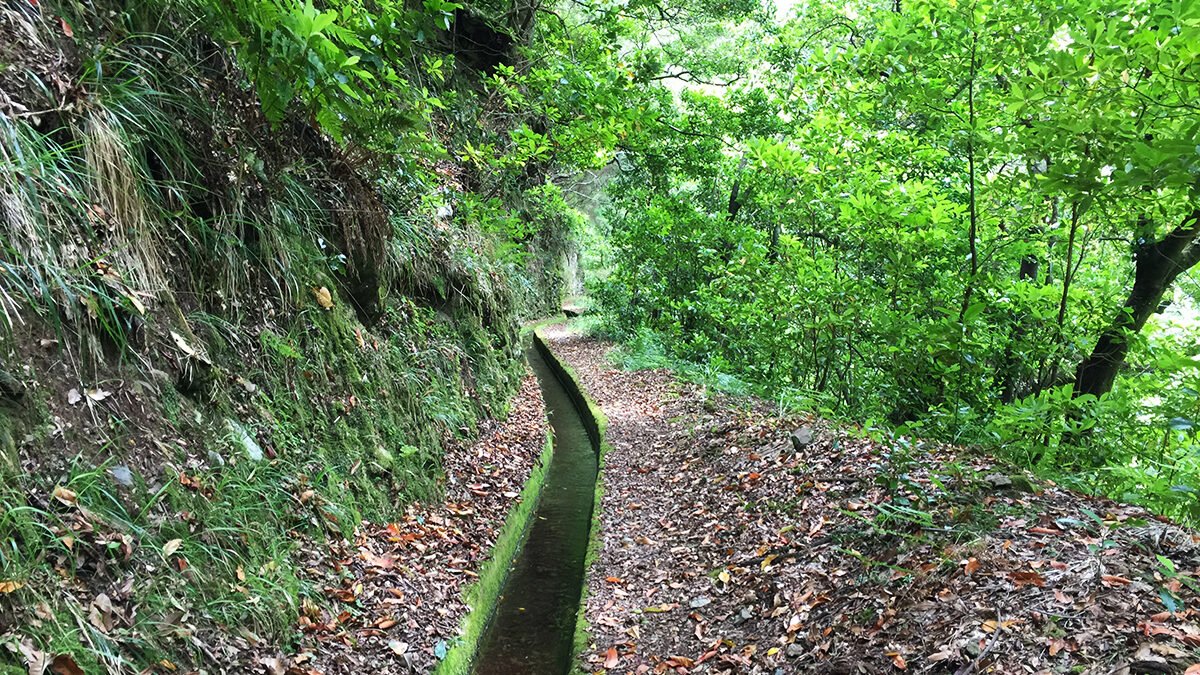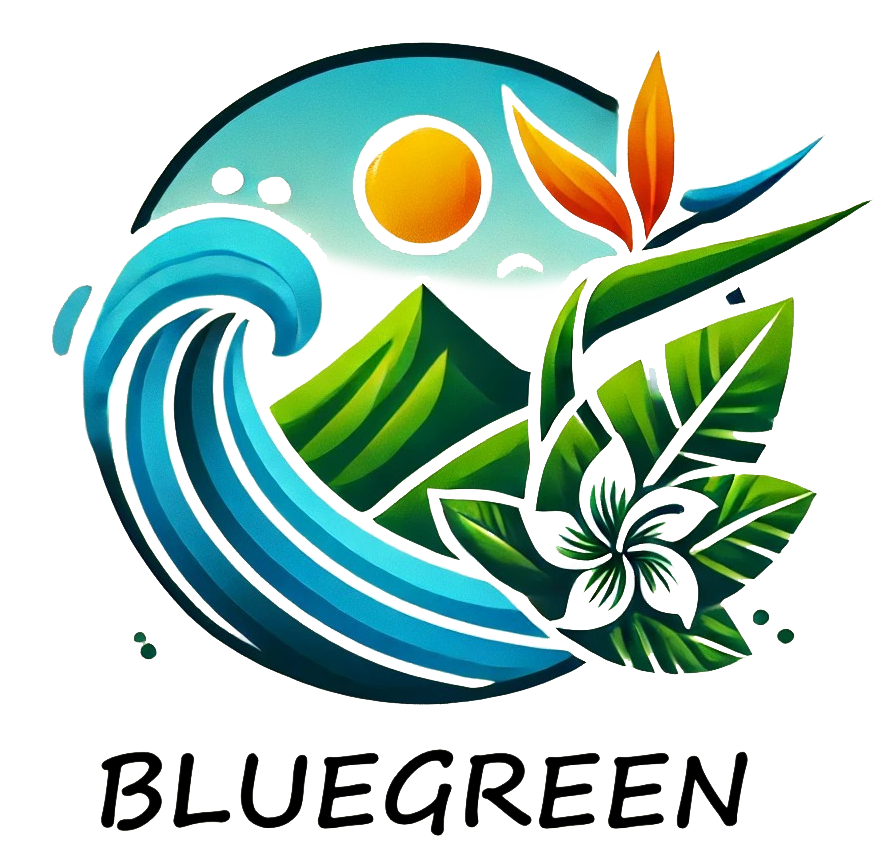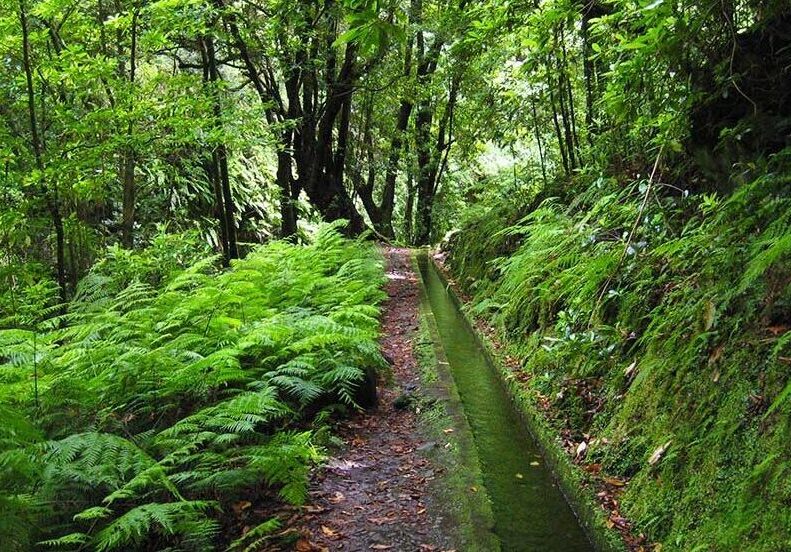Discover the forest that’s a living natural treasure
When visitors arrive in Madeira, few things capture their imagination like the island’s famous levadas — the narrow irrigation channels that wind through its lush forests, rugged mountains, and quiet rural communities. But levadas are more than scenic walking trails — they are living symbols of Madeira’s history, ingenuity, and deep connection between people and nature.
A Brief History of the Levadas
The word levada comes from the Portuguese verb levar, meaning “to carry.” These channels were built as early as the 15th century, shortly after the island was settled, to carry water from the rainy and forested north of Madeira to the drier south, where most of the agricultural land and population were located.
Over centuries, a vast and intricate network of more than 2,000 kilometers of levadas was developed — many carved by hand through cliffs, tunnels, and volcanic rock. They became essential for transporting water to irrigate sugar cane, vineyards, banana plantations, and other crops, shaping the island’s economy and way of life.
More Than Water: Cultural and Social Impact
Levadas were not only engineering marvels but also social lifelines. Entire communities worked together to maintain them, and their operation was often managed through traditional water-sharing systems and local agreements. Water was — and still is — a shared and valuable resource in Madeira.
Alongside the levadas, maintenance paths were built for workers, which today form the basis of the island’s famous levada walks. These trails now offer both locals and visitors a unique way to explore the natural beauty and hidden corners of the island.

Ecological Importance
The levadas play a key role in preserving the delicate ecosystems of Madeira. Many of them pass through the Laurisilva Forest, a UNESCO World Heritage Site and one of the last remaining areas of primeval laurel forest in the world. This forest is home to numerous endemic species of plants, birds, and insects, and the levadas help distribute water to sustain this vital biodiversity.
Their presence also reduces the need for modern water infrastructure in protected areas, helping balance tourism with environmental conservation.
A Pillar of Sustainable Tourism
Today, levada walks are among the most popular tourist activities in Madeira, attracting thousands of hikers and nature lovers every year. They are accessible, scenic, and suitable for a wide range of ages and fitness levels.
By walking a levada, visitors directly support local guides, small businesses, and rural communities. Many tours include stops in small villages, family-run cafés, or traditional viewpoints that would otherwise remain off the tourist map.
This form of slow, immersive tourism contributes to the island’s economy while promoting appreciation for its landscapes, culture, and heritage.
In Every Step, a Story
At BlueGreen, we don’t just lead levada walks — we share the stories behind them. With knowledgeable guides and a deep respect for the land, our tours invite you to walk through history, connect with nature, and experience Madeira beyond the surface.
Ready to explore?
Discover our curated Levada tours and let the journey begin.

